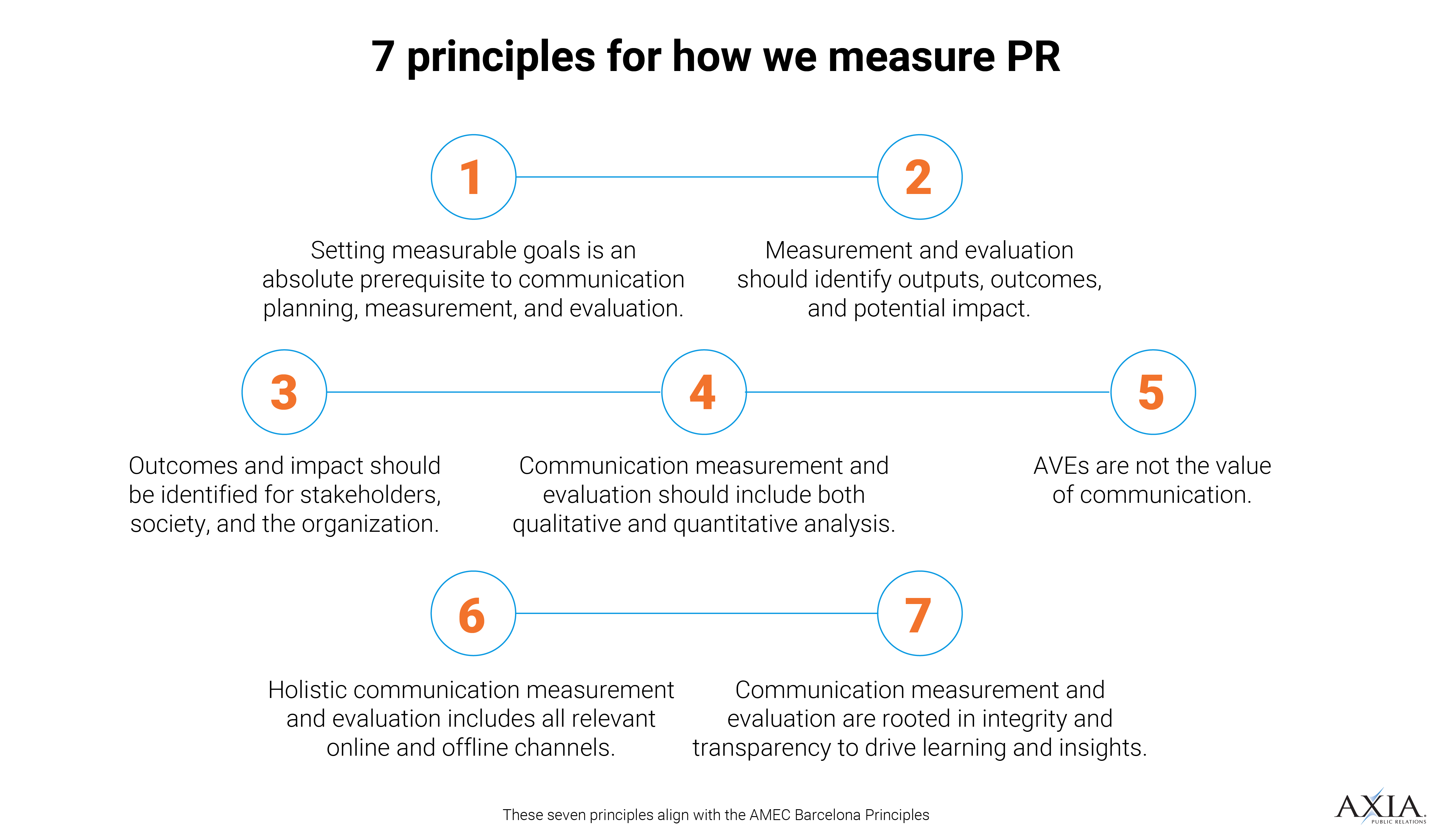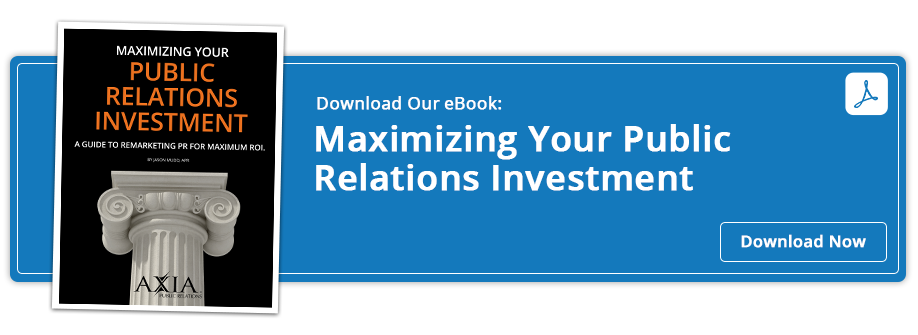And what you should ask your PR firm before finalizing your PR plan
 If you’re new to using public relations to build your brand, then starting a PR program can seem daunting. Luckily, it’s easier with the help of a trusted PR firm and a PR plan. A PR plan should be the road map that your PR firm (and your team) uses to create a successful PR program. If your firm doesn’t utilize a PR plan, it’s difficult to evaluate its success and to know that your company and your PR partner are on the same page. Don’t blindly follow your PR firm. Educate yourself on the elements of a PR plan and know the questions that you should be asking to create a successful PR program.
If you’re new to using public relations to build your brand, then starting a PR program can seem daunting. Luckily, it’s easier with the help of a trusted PR firm and a PR plan. A PR plan should be the road map that your PR firm (and your team) uses to create a successful PR program. If your firm doesn’t utilize a PR plan, it’s difficult to evaluate its success and to know that your company and your PR partner are on the same page. Don’t blindly follow your PR firm. Educate yourself on the elements of a PR plan and know the questions that you should be asking to create a successful PR program.
Below are the five key elements to a PR plan and the questions you should ask your PR firm before finalizing your plan:
- Research/situation analysis
You’ll establish the research and situation in the early weeks of a PR program, often during the meetings prior to signing an agreement with a PR agency. Once you sign, your PR firm should begin initial research. We recommend you allow room in your budget to hire an outside research firm to complete more comprehensive research.
Research should include primary, secondary, formal, and informal research. Without exception, your PR firm should read and audit previous news articles and studies about your company, industry, and competition.
- What is the current situation or issue?
- What is the current baseline?
- What are your company’s goals and how might PR align with them?
- Objectives
Each PR plan should include one to five objectives. These objectives emerge from – and align with – your company’s overall goals. (Note: Goals and objectives are not interchangeable terms.) The best PR objectives include action verbs and answer the question of what you want to accomplish with the PR program. We recommend S.M.A.R.T. objectives:
S = Specific
M = Measurable
A = Attainable or achievable
R = Results-oriented or relevant
T = Timely
- How well do the objectives address the stated problem or issues?
- How clear are the specific objectives?
- Is each objective S.M.A.R.T?
- If you accomplish the objectives, will you be satisfied with your PR investment?
- Implementation
The implementation stage is where strategies, tactics, and activities come into play for a PR plan. (Read: What’s the difference between a strategy and tactic? Hint: Most people misuse these terms too.)
- Do the strategies, tactics, and activities address the objectives?
- How will each strategy uniquely reach and engage the target audiences?
- How might you expand and innovate those tactics and activities?
- Evaluation
Don’t leave the evaluation of a PR plan until the end of the year or the end of a PR campaign. Your PR firm should evaluate its PR plan with you on a regular basis – perhaps quarterly – to ensure it’s on track. During these evaluations, you may decide that one of the objectives is no longer a priority or that the firm already exceeded an objective, and you might need to expand on it or accomplish something else. Schedule evaluation rhythms before approving your final PR plan.
- What does success look like? Did you solve the objective or issue?
- How will you know if your PR firm meets objectives?
- How will the firm document and demonstrate results?

- Investment
The investment is important because it supports accomplishing the objectives, and it allows you and your PR firm to know what you can and cannot accomplish during a campaign. Too often items not included in the investment sidetrack companies, and that deters from the focus and effectiveness of the agreed-upon PR campaign.
- Is the budget documented?
- How will you use the budget?
Make sure your company’s PR plan is flexible enough that you can adjust it for any unexpected occurrences, like reaching an objective earlier than expected, learning that an objective is no longer important, and finding you want to measure something else in your PR plan.
Creating a PR plan takes effort. Being part of the drafting of your company’s PR plan helps you achieve your business objectives and maximize your company’s performance. Having a PR plan in place – and sticking to it – will help you get the most from your PR investment. Download Axia Public Relations’ e-book “Maximizing your Public Relations Investment” for additional tips.
For more information, read about how to write an effective PR plan.

 Clients love Marjorie’s work ethic, speed, and diligence. She has worked with Axia Public Relations since October 2011. Marjorie graduated from Rockhurst University with a Bachelor of Arts in communication and loves to cheer for her hometown Kansas City Royals. Learn more about Marjorie.
Clients love Marjorie’s work ethic, speed, and diligence. She has worked with Axia Public Relations since October 2011. Marjorie graduated from Rockhurst University with a Bachelor of Arts in communication and loves to cheer for her hometown Kansas City Royals. Learn more about Marjorie.
Featured image credit: 123rf.com
Topics: PR tips, measurement, earned media, PR planning

Comment on This Article